The peak of Stožina is located on the territory of the Durmitor National Park above the Pošćenska dolina. This is far from the highest point of Durmitor, however, due to its picturesqueness, it has become one of the symbols of the national park and one of the most frequently photographed peaks. It is called the gateway to South Durmitor.
The route along the Black Lake is a combination of a pleasant walk through the forest and beautiful views of the reservoir.
The road, laid along most of the shores of the Big and Small Lakes, belongs to the category of Durmitor's easy walking routes, since there is practically no elevation difference here, and a significant part of the path looks like a wide forest path. In total, its length is 3.6 km.
Due to the fact that the route is circular, you can start its passage from anywhere. We will start from the most popular location and move to the right from the central road to the lake - an alley leading to the sights from the checkpoint to the national park.
Soon the path leads to a wooden bridge, installed for a comfortable transition across the stream.
By the way, this is a good place to take a photo.
There are benches made of wood in cozy and comfortable corners along the road. Rather, they stand around the Big Lake. Little doesn't have them yet.
The route was laid not at the very line of water (at least because its quantity and level change during the year), but along the edge of the forest growing near the lakes. So, it is still very close to the water.
Yes, and bending around the Big Lake, you can go most of the way not even along the walking path, but simply by walking near the water.
However, over time, you still have to return to the forest road.
Somewhere near the water there are rocks on which it is completely inconvenient to move.
And in some places there are marshy areas waiting for walkers from below.
Be that as it may, and wherever you go - the main thing, of course, will be landscapes.
Northwestern tip of the lake, forest and Međed.
West coast. Behind it lies the Small Lake, not visible due to densely standing trees.
By the way, it is because of this forest that the lake got its name.
True, some Orthodox Christians explained the name of the lake with legends about St. Sava. Based on these legends, the water in the lake turned black from the sin of the locals.
But there is another, more common and plausible version of the origin of the toponym.
The forest near the lake consists mainly of evergreen spruces and black pines (lat. Pinus nigra).
On cloudy days, due to the reflection of coniferous trees, the water acquired a dark shade, so the lake was nicknamed Black.
However, it is far from always gloomy, and on clear sunny days, on the contrary, it strikes with the brightness of the color.
In the sun, the water shimmers with different shades of green
and blue.
The color is highly dependent on the lighting, as well as the angle from which you look at the pond.
This, by the way, is another charm of a walk by the lake - to observe the change in the color of the water. It is amazing to watch how the green part of the water surface turns blue in just a minute.
The path, meanwhile, gradually leads walkers from the Big Lake to the Small.
In the Small Lake, too, there is delightfully bright water.
Emerald
and turquoise.
The shore at the Small Lake is more severe and rocky, so it is more reasonable to follow the path of the route here, and not pave the road on your own.
The trail itself, by the way, becomes more difficult. There is not only a flat path, but also many areas with thick winding tree roots.
There are also a couple of small ups and downs.
There are even some steep stone stairs.
But almost everyone will be able to walk here quietly, with the exception of those who walk with a stroller. For them, this part of the route can be difficult and unpleasant.
And the road itself, to be sure, looks very picturesque here.
At the end of that part of the route that goes along the Small Black Lake, there is a turn to Tito's cave (Montenegrin: Titova pećina) .
The ascent to it is very short and does not take much time or effort.
That's just the cave here, in fact, is absent - it's just a rock.
A commemorative plaque says that in this place Josip Broz Tito, together with the Supreme Headquarters, was hiding from the Nazis from May 20 to May 29, 1943. It was here that he decided to break through Sutjeska, which was of great importance and significant consequences for the People's Liberation War of Yugoslavia.
Looking up from the cliff.
We descend back to the road that leads us to the Big Black Lake. Here it becomes easy to walk again.
Another view of the lake through the trees.
Still, the color of the water is simply amazing in places. Even when you see this shade live, with your own eyes, it is hard to believe that such amazingly bright colors can exist in nature.
And when you go out to the open area near the Big Lake, you again understand how lucky it is with the background - if it were not for the diverse and picturesque mountain slopes, it would definitely lose some of its beauty.
The final segment of the circular route at the Big Lake.
The national park information board states that it will take 1 hour and 15 minutes to walk around the lake. Allow twice as much time, unless you are going to go all the way at a fast pace without stopping.
And most tourists just do not have any desire to rush. Instead, I want to sit on almost every bench and just enjoy the splendor of nature.
Finally, it is also worth mentioning that for some time during the year the road along the Black Lake becomes difficult to access.
The fact is that during the period of active snowmelt over the Small Lake, a system of rapids and waterfalls appears - Čeline. The time of their occurrence is different, sometimes it is already April, and sometimes June.
The picture at the same time becomes even more amazing, but the water falls directly on the walking path and makes the passage of part of the route very uncomfortable.
Other publications about Durmitor National Park:
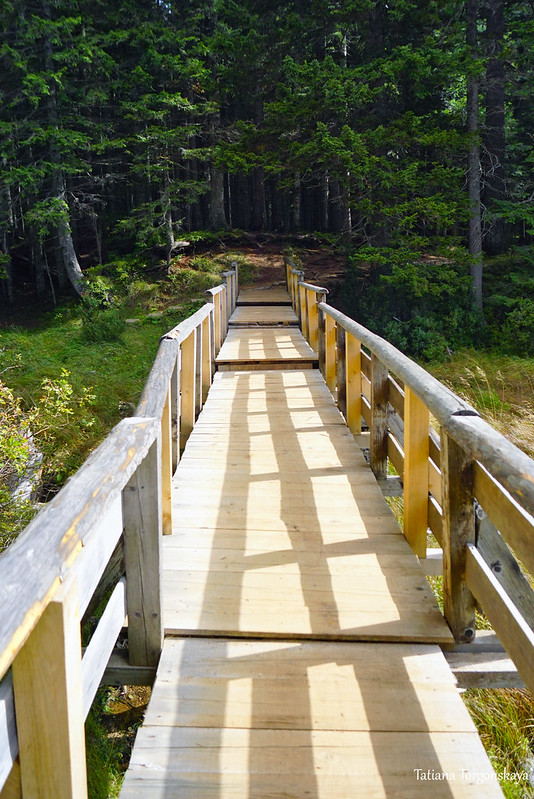












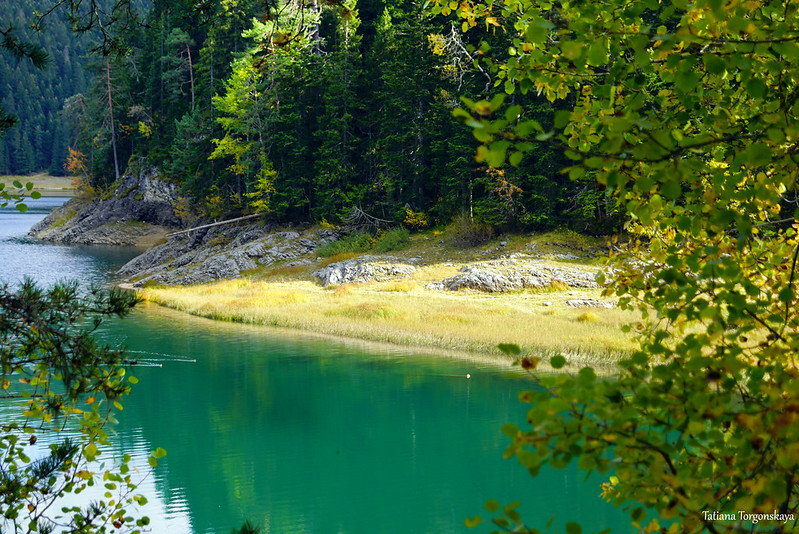






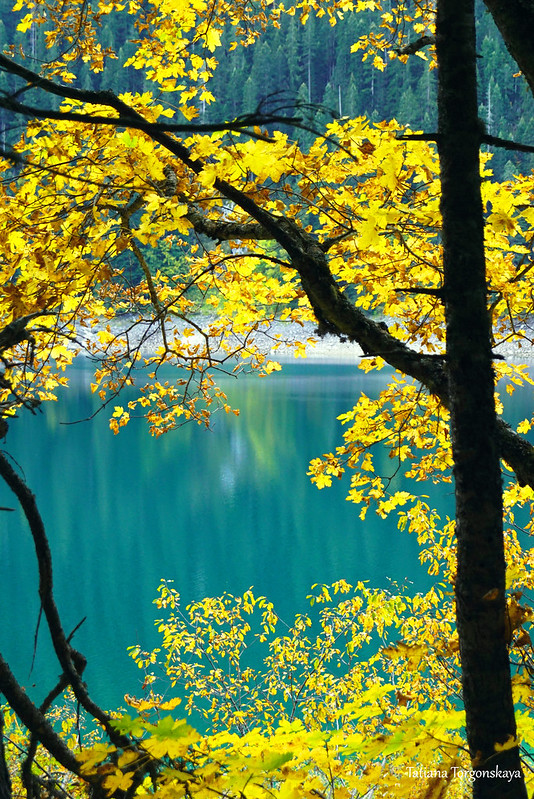




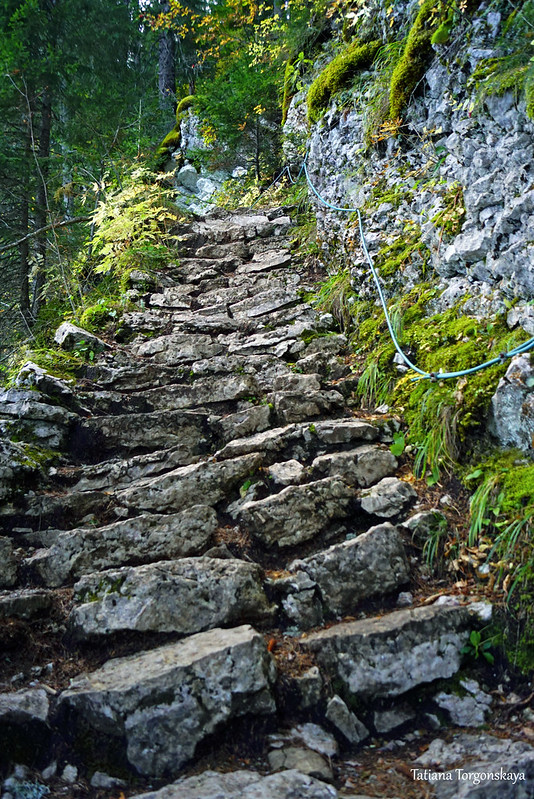

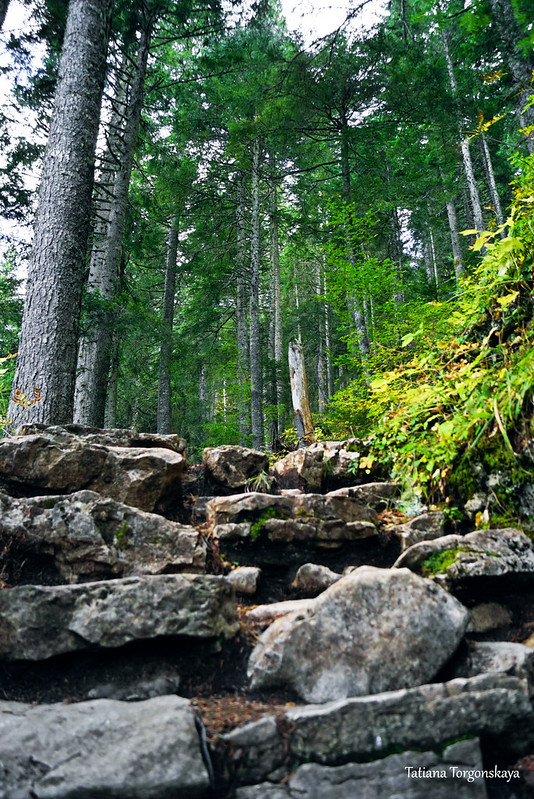


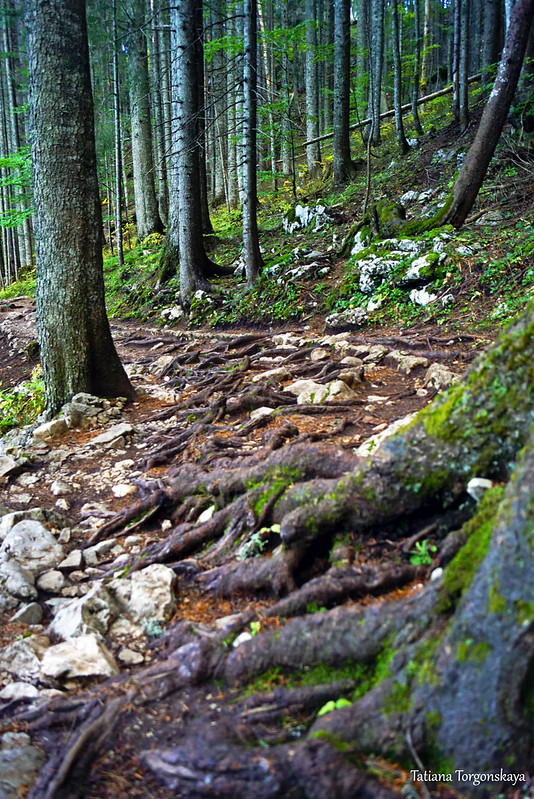








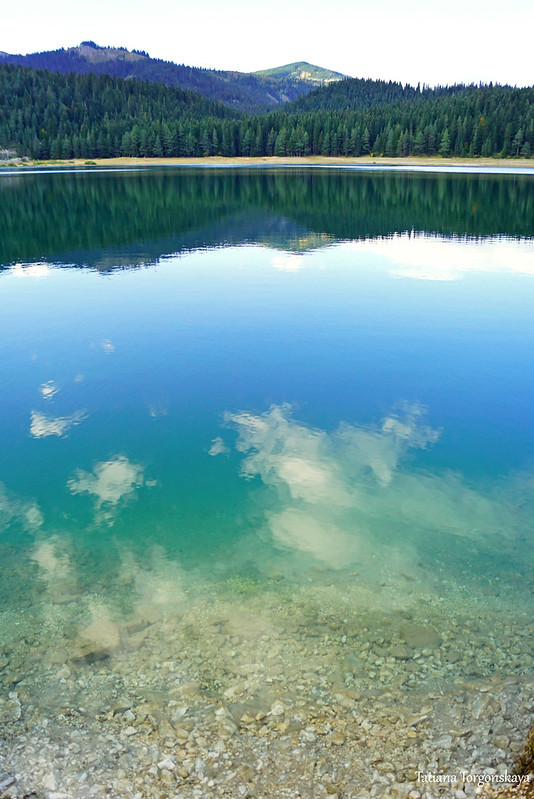



Comments
Post a Comment